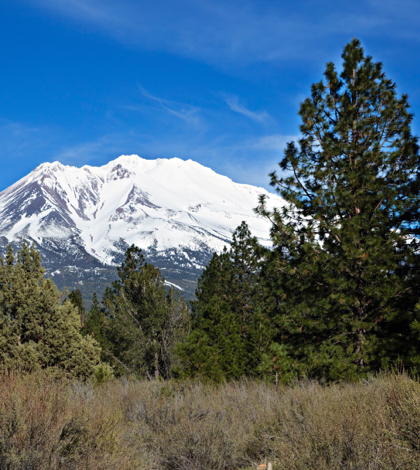The Department of Water Resources (DWR) will conduct its first media oriented manual snow survey of Water Year 2017 at 11 a.m. on January 3 at Phillips Station, just off Highway 50 near Sierra-at-Tahoe Road approximately 90 miles east of Sacramento.
Earlier electronic readings of the Sierra Nevada mountain snowpack measure its statewide water content at 10.5 inches, 72 percent of the December 27 average.
It’s too soon to know whether this winter’s wet season will deliver enough rain and snow to move California closer to the end of the state’s five-year drought. The snowpack usually is at its deepest and most water-laden around April 1, so weather watchers won’t know with certainty what kind of wet season it has been until then.
The Phillips snow course, which has been measured each winter since 1941, is one of dozens that will be traversed during a 10-day period around January 1 to determine the water content of the snowpack, which normally contributes about 30 percent of California’s water when it melts. Manual readings supplement DWR’s electronic data.
The 2017 water year began with above-average rainfall in October in all three Sierra Nevada regions monitored by DWR. It was Northern California’s wettest October in 30 years and sparked optimism for a robust water year. However, November saw below-average precipitation in all three regions, but wet weather returned in December that produced above-average rainfall.
State Climatologist Michael Anderson said, “October was one of our wettest on record, and December has produced a nice rebound from November’s below-average precipitation. California needs sustained above-average precipitation and a decent snowpack to overcome the previous years of drought.”
 California Water News Daily Your Source For Water News in California
California Water News Daily Your Source For Water News in California


